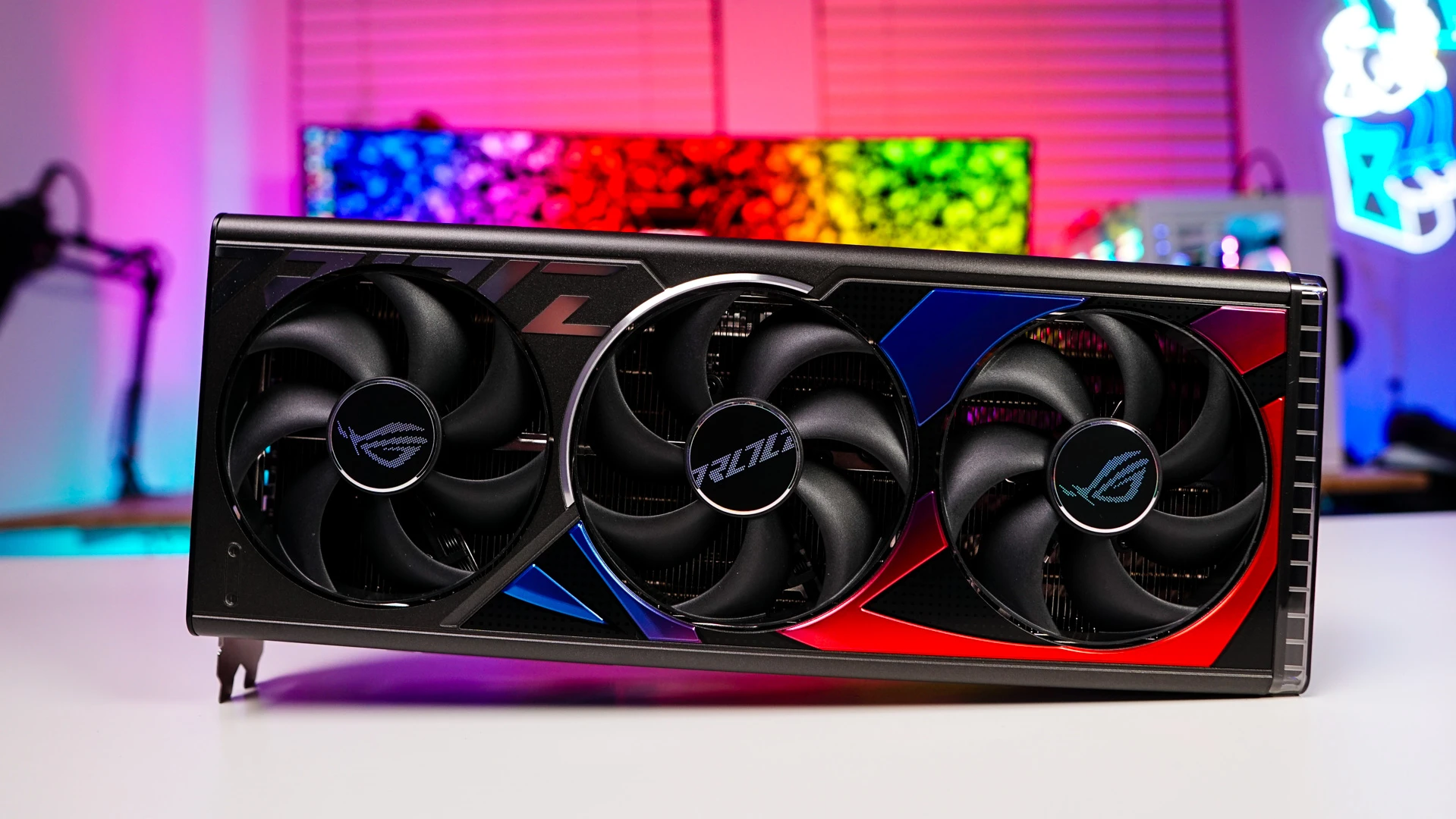Final Thoughts
The NVIDIA RTX 40 Super series cards are simply a refresh of the current RTX 40 series cards, so obviously there is not as much excitement behind these cards as a new series or architecture launch. You are however going to get better performance and in most cases price than what NVIDIA initially launched back in 2022. And for some who may not have been wanting to upgrade back then, these new cards bring a breath of fresh air into the aging RTX 40 lineup.
The RTX 4080 Super no enables 80 compute units on NVIDIA’s AD103 silicon. With that you are going to get 10240 CUDA cores, 320 Tensor cores, 80 RT cores, 304 TMUs, and 112 ROPs. The memory size hasn’t changed, so you still get 16GB of GDDR6X across the 256-bit memory bus, but it will be faster 23 Gbps memory. So compared to the original RTX 4080 you are getting more cores all around, faster memory, and faster clocks. The RTX 4080 Super has a base clock of 2295 MHz (vs 2205 MHz) and boost clock of 2550 MHz (vs 2505 MHz).
With the added cores and increased clocks you are going to see better performance across the board. In our testing the RTX 4080 Super will be anywhere from 3-5% faster than the original RTX 4080. Now this card is not meant to compete with the original RTX 4080, but replace it entirely. So once the stock of original RTX 4080’s is gone, it is not like you’ll be choosing between the two.
Sadly we do not have any of the other Super cards in to test, nor do we have any higher-end AMD cards, but we can tell you that the RTX 4080 Super is around 16% faster in gaming than the RTX 4070 Ti at 1440p and around 22% faster at 4K. Conversely, it is about 12% slower in gaming than the RTX 4090 at 1440P and about 25% slower at 4K. The original RTX 4080 was a great card for gaming at 1440P as well as 4K and we are seeing the same thing here. At 4K you should easily be able to get over 60 FPS in modern titles with the settings turned all the way up, and at 1440P you can push something like a 144 Hz display quite easily. This really is not going to be a 1080P card as you’ll run into your CPU being a bottle-neck quite a lot.
On top of just raw performance you are going to get some great NVIDIA-specific features. One of our favorites is the new DLSS 3.0, which is currently only available on RTX 40 series cards. This will allow you to play games at higher resolutions with better performance as DLSS 3.0 renders the scene at a lower resolution and then upscales it with no visible quality loss. To give you an example of what this can do we ran the DLSS feature test built into 3DMark. It renders different scenes and without DLSS 3.0 on we rendered a 4K scene with an average FPS of 41.11. Turn DLSS 3.0 on and it renders the same scene at 136.84 FPS! Quite impressive!
At this performance level enabling real-time ray tracing is definitely viable as you have the RT cores and the performance hit is not going to be as extreme as with lower-powered cards. NVIDIA is still the top dog when it comes to ray tracing performance and I don’t see that changing anytime soon. On top of just the tech itself, NVIDIA has really worked with publishers to get these features in games, most of the time at launch. So you are not guessing if a title will support RTX or DLSS.
While I’ve seen ASUS’s Strix card in person, this is actually my first time I’ve actually had to spend a considerable amount of time with the card. I have to say I am very impressed! The card itself is just gorgeous to look at and the simplicity of the end-cap and RGB lighting really sets the card off. It seems with that end-cap and the lighting around it ASUS not only made it so you know its a Strix card in the build, but also that they designed the card for cases that have a tempered glass front panel. The card is massive for sure, but I was really impressed with the quality as well. Typically we see a mixture of a plastic shroud and metal backplate on cards, but ASUS went all metal here! So even the shroud itself is die-cast metal and you can definitely tell when you pick the card up. Even though we have three 110mm cooling fans they are extremely quiet. I was actually astonished at how quiet they were, beating out almost every other graphics card in our noise test. This is the OC Edition of the ROG Strix card so it is going to come factory overclocked, but on top of that you can load the OC Profile using their GPU Tweak III software for even high clocks and better performance.
NVIDIA is pricing the RTX 4080 Super at $999, which is $200 less than what the original RTX 4080 launched at. It is definitely nice to see the price-drop, which will for sure make this card very competitive against AMD’s Radeon RX 7900 XTX. Non-MSRP cards like the ROG Strix RTX 4080 Super OC will come with a premium and ASUS will be asking at $250 premium for this card. This is easier to stomach than the $350 they were asking for the same card when the RTX 4080 launched, but the slight overclock is not going to really make a noticeable difference in games. What you are really paying for is the quality and design of this card, and I have to say this is probably the best-built graphics card I’ve ever had the chance to review, I mean it is just beautiful. On top of that I was blown away by how quiet the card is for having three cooling fans.
Right now you can pick this card up for $1249.99 at our favorite online retailer. Overall ThinkComputers gives the ASUS ROG Strix RTX 4080 Super OC Graphics Card a 9 out of 10 score and our Editor’s Choice Award!


Pros:
– All-metal design
– Extremely quiet
– Factory overclock
– Can connect fans directly to the card
– GPU Tweak III software is easy to use
– Price reduced compared to original RTX 4080
– Two HDMI outputs
– Lots of support for RT and DLSS
Cons:
– $250 premium over Founder’s Edition
– Massive card





